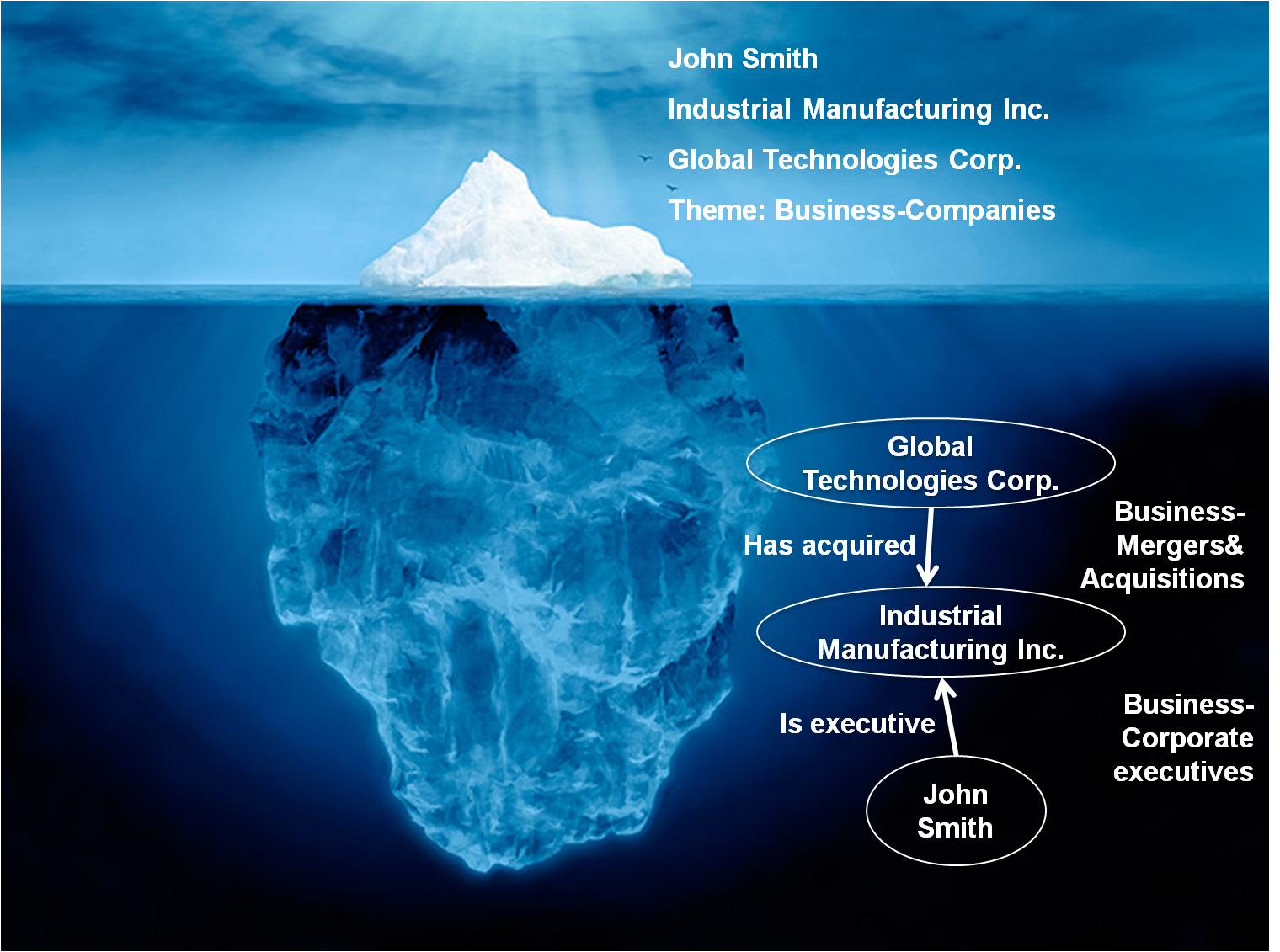Achieve a deep, automated understanding of complex documents
Conventional Text Analytics enable a first level of automatic understanding of unstructured content, achieved through its ability to extract mentions of entities and concepts, assign general categories or identify the polarity of opinions and facts that appear in the text. However, these isolated information elements do not reflect the wealth of information provided by these documents and impose limitations when it comes to finding, relating or analyzing them automatically.
Deep Semantic Analytics represents a step beyond conventional text analytics by providing features such as snippet-level granular categorization, detection of complex patterns, and extraction of semantic relationships between information elements in the document.
For example, these tools can take a financial report and identify the different sections that compose it, categorizing them, and within them extract meaningful relationships between the elements that appear such as: identification and percentage of shares owned by major investors, invested companies and amount of investment, concentration of revenue in certain customers, etc.
Deep Semantic Analytics means the possibility of accessing the until now submerged part of the “iceberg of meaning” of a document.

Extracting these deep insights makes these documents much more “intelligent”: more discoverable, relatable, analyzable and exploitable.
Deep Semantic Analytics tools open the door to a new generation of contextual semantic applications. Discover their possibilities in our webinar coming up on Thursday, July 13, at 9:00 am PDT.
UPDATE: this webinar has already taken place. See the recording here.
(Este webinar se presentó también en español. Ver la grabación aquí.)

